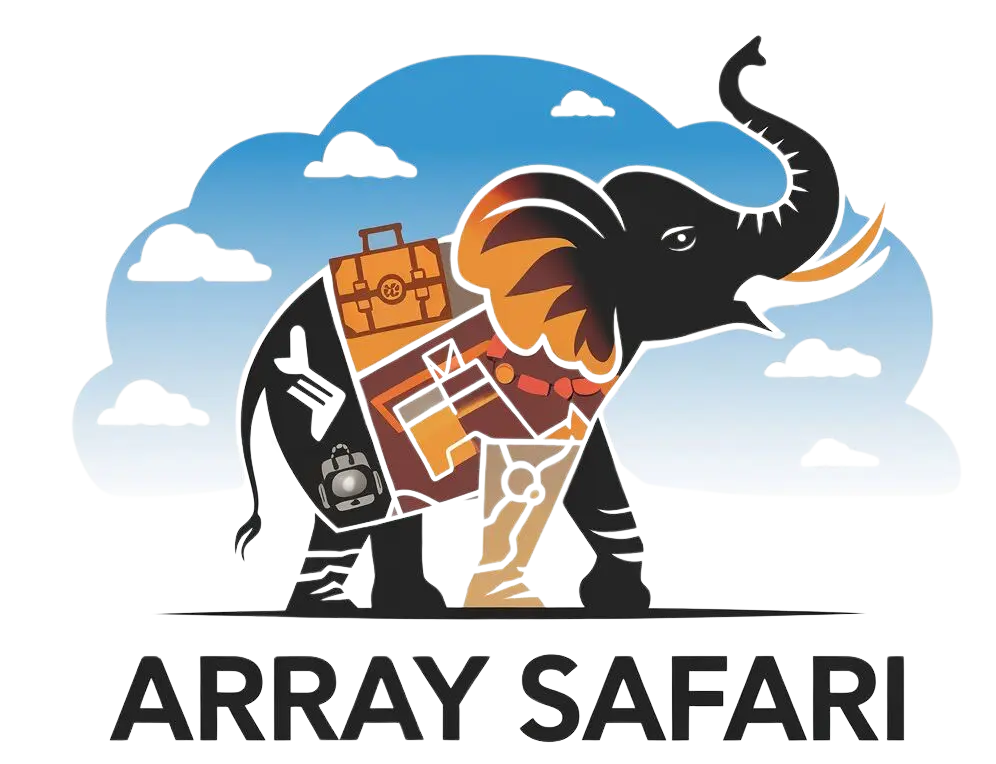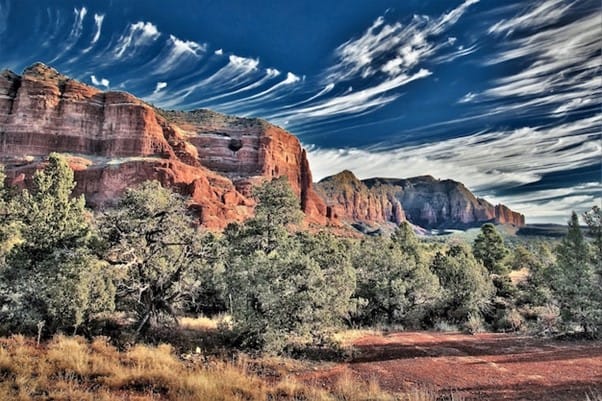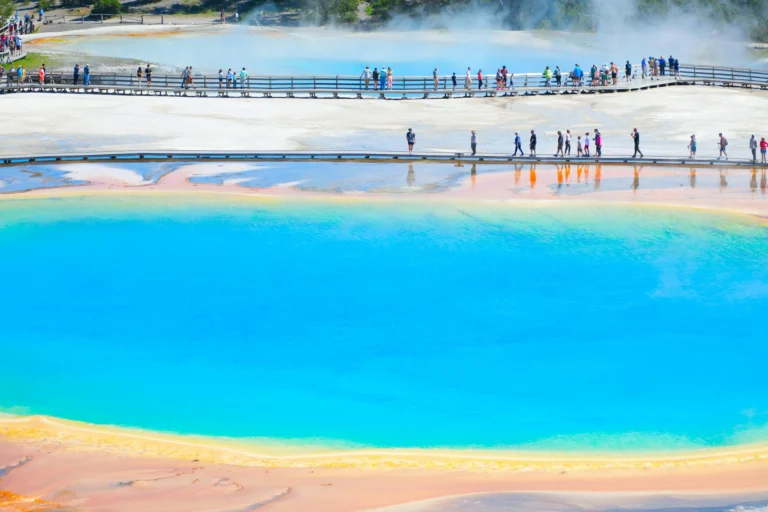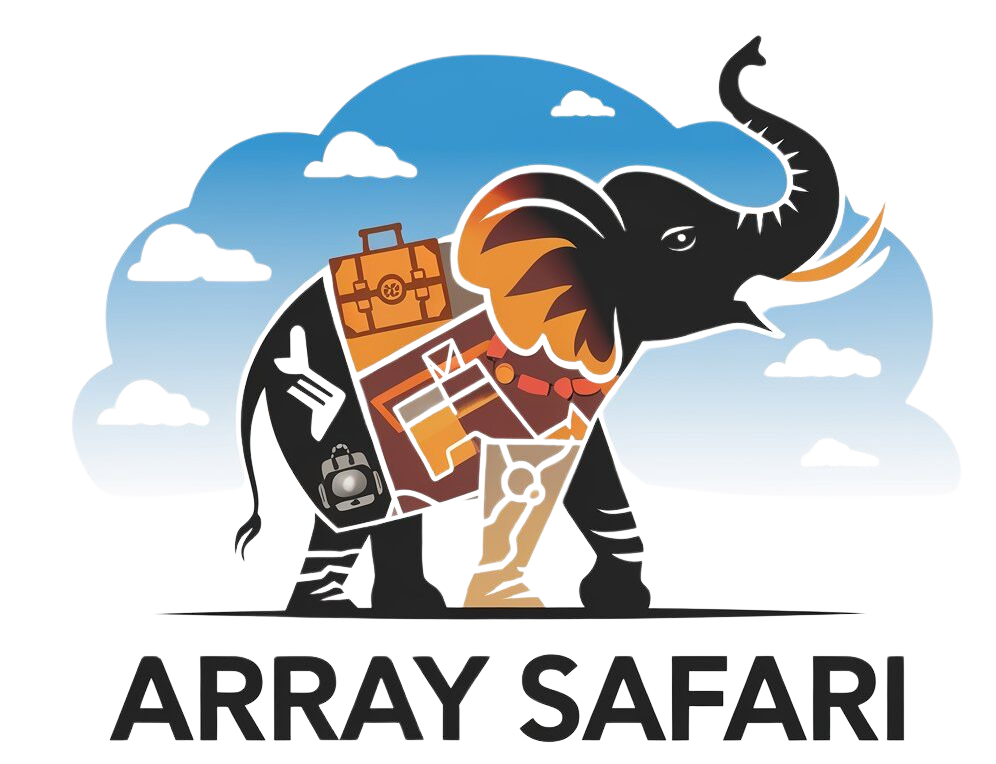Big Bend National Park is a national park of the United States located in West Texas, bordering Mexico. The park has national significance as the largest protected area of Chihuahuan Desert topography and ecology in the United States and was named after a large bend in the Rio Grande/Rio Bravo. The exact location is Brewster County, Texas, United States.
- General Information about Big Bend National Park –
- Getting to Big Bend National Park –
- Lodging and Accommodation in and around Big Bend National Park –
- Camping and Outdoor Activities in Big Bend National Park –
- Exploring the Big Bend National Park –
- Things to do While Visiting Big Bend National Park –
- Nearby and Supporting Information about Big Bend National Park –
- Frequently Asked Questions –
- Conclusion –
General Information about Big Bend National Park –
Big Bend National Park Texas is significant for its natural history, geology, and cultural history. It is also a place where different countries and cultures meet.
Natural History:
Geology, the park has a rich geological history, including 500-million-year-old rocks, volcanic dikes, and evidence of mountain building episodes. Paleontology, the park’s fossil record documents the end of the Age of Reptiles and much of the Age of the Mammals. Biodiversity, this Park is home to over 1200 species of plants, 400 species of birds, and many other species of animals.
Cultural History:
- Native Americans: Native people lived in the area for thousands of years, leaving behind pictographs and archaeological sites.
- Spanish settlers: Spanish missionaries and conquistadors settled near the Rio Grande in the 16th and 17th
- Mexican settlers: Mexican settlers began farming on the Rio Grande floodplain around 1900.
Significance:
- Transboundary Protected Area: Big Bend is part of a transboundary protected area with Mexico, including the Maderas del Carmen and Canon de Santa Elena protected areas.
- UNESCO World Heritage Center: Big Bend is a UNESCO World Heritage Center due to its rich paleontological record.
Getting to Big Bend National Park –

Several highways lead to Big Bend National Park: TX 118 from Alpine to Study Butte or FM 170 from Presidio to Study Butte (then 26miles east to park headquarters) or US 90 or US 385 to Marathon (then 70 miles south to park headquarters). Distances between towns and services are considerable. Travelers can reach by driving, flying, or taking the train.
Driving
From Dallas: Take I-20 to the west of Odessa, then Farm Road 1053 or Highway 18 to Fort Stockton. Then, follow Highway 67 South Alpine and Highway 118 South to Study Butte/Teringua. From Houston, take I-10 to San Antonio, then US 90 to Del Rio. From Austin, take US 290 west through Fredericksburg and Harper, which intersects with I-10 just east of Junction. From El Paso, fly into El Paso and rent a car at the airport. The drive time to Big Bend is around 4.5 hours.
Flying
Fly into Dallas/Fort Worth International Airport (DFW) or Fly into George Bush International Airport in Houston or Fly into Midland Airport.
Taking the train
West Texas has a train that delivers visitors to Big Bend.
Renting a vehicle
You can rent a car at the airport after flying into El Paso or Midland or you can rent a vehicle if you come by public transport.
Local outfitters
Local outfitters offer shuttles, equipment rentals, guided trips, and scenic flights.
Lodging and Accommodation in and around Big Bend National Park –
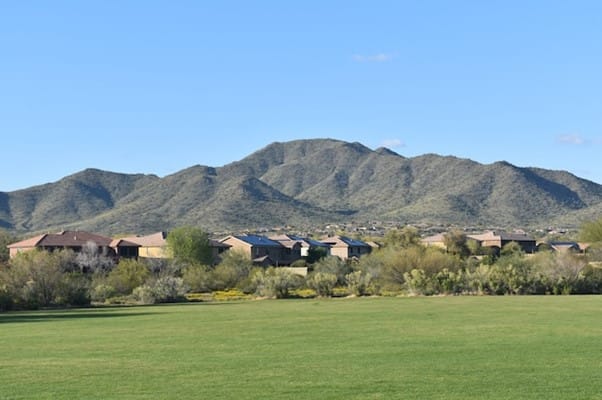
There are several Big Bend National Park lodging options that tourists can avail of at any time by booking in advance online or through visitor centers of the park administration. There are many hotels near Big Bend National Park; however, camping is always a good option. There are several camping sites in the park so tourists can avail first-come-first-served and stay comfortably.
The accommodations near and inside the park are Ten Bits Ranch, Far Flung, Longhorn Motel, and Terlingua Ranch. The accommodations a bit farther away are The Gage Hotel, Antelope Lodge, and Chisos Mountain Lodge Big Bend National Park.
Camping and Outdoor Activities in Big Bend National Park –
Big Bend National Park is a geological marvel evidenced is sea fossils and dinosaur bones to volcanic dikes that mar the desert landscapes. It’s a world of species diversity from the meandering river corridor that sidles across the desert floor to the sky island ridge tops that reach for the stars.
If you are tent camping, there’s a good chance you know the drill. You’ll need to pack some delicious campfire food as well as something to cook with, not to mention sleeping bags, flashlights, and a card game or two to keep you and your family entertained. Big Bend National Park camping park offers many outdoor activities. Tourists can explore hiking opportunities and wildlife observation.
Camping
Campgrounds – This Park has four developed campgrounds, including Chisos Basin and Rio Grande Village. The National Park Service manages three of these campgrounds, which have drinking water and restrooms.
RV camping – Aramark, the park concessioner, manages a full hookup RV camping area.
Backcountry camping – The Park also offers primitive backcountry camping.
Hiking –
Trails: The Park has over 150 miles of hiking trails, including short interpretive walks and multi-day excursions.
Hiking opportunities: The Park offers a variety of hiking opportunities, including rugged, multi-day excursions.
Exploring the Big Bend National Park –
Having been at the Big Bend National Park, there are a lot of opportunities to explore the park at its fullest. The more you explore, the more you will wonder about nature’s gifts. Big Bend National Park in Texas is a desert landscape with a variety of habitats, geological features, and wildlife. It is a popular destination for camping, hiking, and bird-watching. If you follow the Big Bend National Park Texas map, you will find many things to explore.
As far as geological features are concerned, tourists can observe volcanic dikes, dinosaur bones, and sea fossils. This park also has three mountain-building episodes in North America. One can spot over 1200 species of plants, including cacti, as well as mammals, birds, reptiles, amphibians, and fish.
For the activities, tourists can opt for one or all of the hiking, camping, bird-watching, and river trips, and take a dip at Longford Hot Springs.
Things to do While Visiting Big Bend National Park –

Big Bend National Park offers many ways to explore, including scenic drives, hiking, and camping.
Scenic drives
Ross Maxwell Scenic Drive: A 31-mile drive with overlooks, exhibits, and short trails. The drive ends at the mouth of Santa Elena Canyon. Paved roads: Park has over 120 miles of paved roads for scenic driving.
Hiking
Lost Mine Trail is a 2.4-mile trail that climbs to a promontory with views of the Chisos Mountains and Santa Elena Canyon is a canyon with limestone cliffs that tower over 1500 feet.
Camping
Campgrounds: The Park has campgrounds for visitors.
Other Activities
Rio Grande borders the park for 118 miles, offering opportunities for floating, rafting, canoeing, or kayaking. Tourists can also go for bird Watching as the park is home to over 450 species of birds. Another exciting option is stargazing; the park offers stargazing opportunities. One can also enjoy horseback riding as an additional opportunity. Visitors can participate in programs arranged by park rangers.
Nearby and Supporting Information about Big Bend National Park –

There are many places to visit nearby including ghost towns, museums, state parks, and historic sites. The aspirants can plan to visit Starlight Theatre Restaurant and Saloon, Terlingua Ghost Town (a former mining town), Cottonwood Campground, Big Bend Ranch State Park, The McDonald Observatory, Castolon Historic District, Santa Elena Canyon, Monahans Sand Dunes, Alpine TX, and many more.
Tourists can reach Big Bend National Park, Texas by road, air, or train. The nearest airports are Midland/Odessa and El Paso. The nearest station is in Alpine, Texas, and one can drive from Houston, Dallas, or San Antonio by road.
Frequently Asked Questions –
- Is it possible to cross into Mexico from the park?
Yes, visitors can legally cross into Mexico through the Boquillas Crossing Port of Entry. This Class B port of entry (pedestrians only) is open from 9 am to 4 pm, Friday to Monday during summer months, and 9 am to 4 pm, Wednesday to Sunday during the winter. A valid passport is required for everyone to cross.
- What camping options are available in the park?
There are three NPS-developed campgrounds in the park: Chisos Basin, Rio Grande Village, and Cottonwood Campgrounds. Reservations are required. Rio Grande Village and Basin campgrounds have dump stations and water.
- What is the cost of the entrance fee?
A $30 per vehicle entrance fee is required, or a $15 individual fee, (both good for seven days) unless you have a park pass. Fees and passes can be purchased at entrance stations. Commercial permits are required for businesses and a special use permit may be required for some activities.
- Are campfires allowed?
No, ground fires and wood fires are prohibited throughout Big Bend National Park. Charcoal is allowed in provided grills on campgrounds. You may have a fire in a fire pan while on a river trip, or use a containerized fuel stove for backpacking.
- Are the hot springs open for soaking?
Hot springs (105°F), located near Rio Grande Village, are available for soaking. The hot springs area is designated day-use only; overnight camping, alcoholic beverages, and pets are prohibited. The hot springs are subject to flooding.
Conclusion –
Big Bend National Park in Texas is a wonderful park consisting of over 1200 species of plants along with scenic beauty and wildlife. Bird-watching here is one of the most pleasant activities tourists would like to do. Over time, this has become a must-visit destination for tourists as well as biologists who want to study plant species. The trip here is another wonderful moment of life to be witnessed in the lap of natural wonder.
